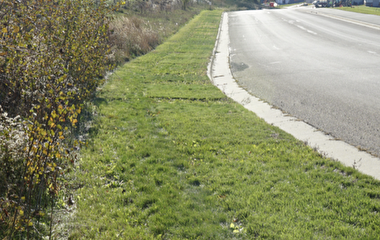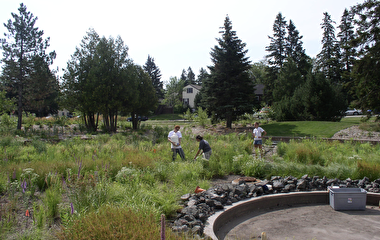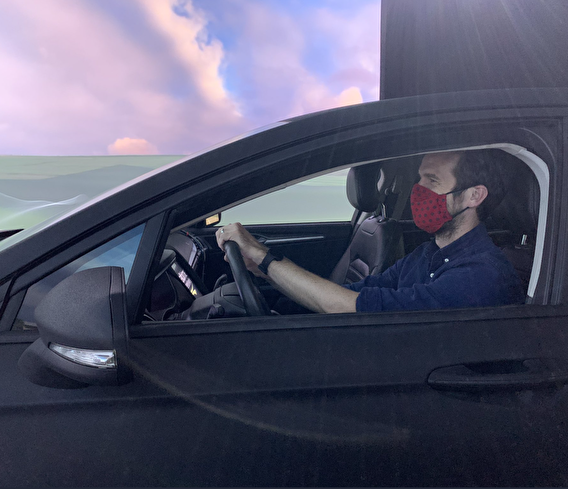
CTS partners with and supports a large network of research laboratories at the University of Minnesota. Each day in these labs faculty, researchers, and students undertake cutting-edge transportation research. They are also busy creating innovations that improve mobility, strengthen our infrastructure, and work to keep all road users safe.
One of the most fun and informative parts of my onboarding as CTS director has been to visit several facilities (with more to go!). A quick trip through a slice of the labs doing transportation research gives a sense of the wealth of work happening in the U of M system and at CTS.
The Minnesota Traffic Observatory (MTO), led by John Hourdos from the Department of Civil, Environmental, and Geo- Engineering (CEGE), has been tracking traffic patterns along I-94 and other metro area highways for years. Originally created with a fully functioning traffic control and observation facility, the MTO now organizes, analyzes, and shares terabytes of traffic data, monitors and maintains a set of cameras along a critical stretch of I-94, and owns a set of mobile traffic observation trailers that have been used in projects across the state. The MTO’s resources and research have helped to create early warning signs of traffic incidents and informed infrastructure projects at sites across the state, and its traffic data has underpinned multiple research efforts from CTS-affiliated faculty working to model future transportation trends or understand current issues.
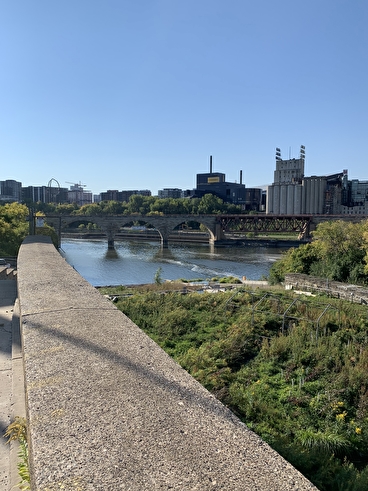
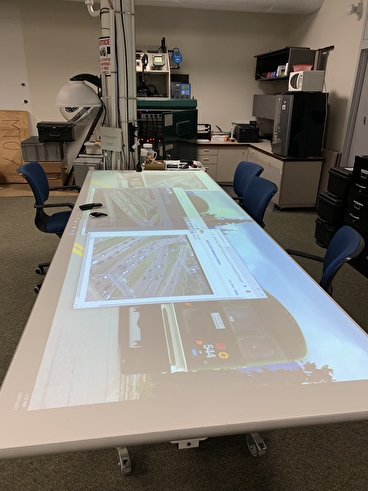
Saint Anthony Falls Lab (SAFL), a part of the College of Science and Engineering, has been housed alongside the Mississippi River since the 1930s (and is still housed in a great Works Progress Administration building). It’s one of the only research facilities in the nation directly built on a major waterway—the Mississippi actually flows through the bottom of the building. The water used in most of the lab’s experiments is piped into the building from the river, giving researchers unparalleled access to real-time environmental settings. The SAFL researchers have contributed to transportation research in countless ways, from documenting how river flow leads to shear on bridge pilings to studying how to best design culverts for both functionality and to support existing ecosystems.
The HumanFIRST Laboratory, run by Nichole Morris and housed in the mechanical engineering department, is a national leader in understanding how human factors influence safety outcomes in transportation. The lab has multiple driving simulators that allow researchers to understand how different drivers interact with a variety of road types and scenarios. The outcomes of this research inform interventions to infrastructure that can improve safety. The lab team has also produced a number of research projects that track how different signage, driver alerts, and other systems can influence or improve driver behavior.
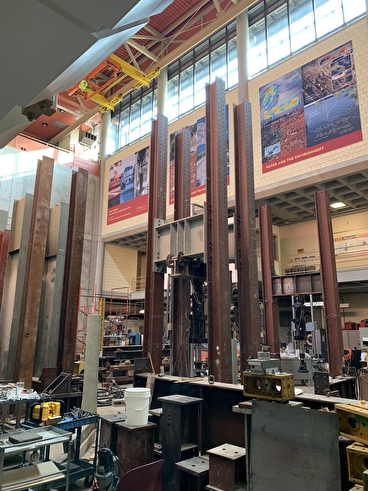
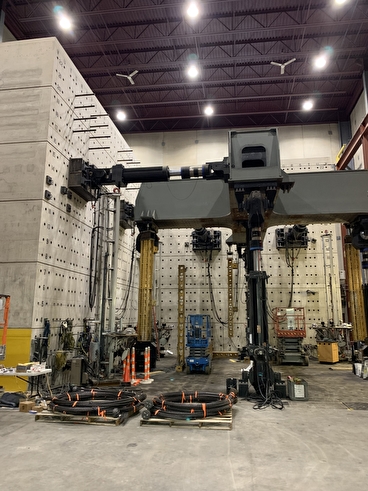
The Multi-Axial Subassemblage Testing (MAST) Lab, directed by Cathy French of CEGE, is a globally unique space that allows for testing how major structural elements of bridges, buildings, and other infrastructure respond to adverse events such as hurricanes or earthquakes. The facility’s testing apparatus can apply loads in six different directions, giving researchers a complete picture of how structural elements hold up under a variety of loads and pressures. Researchers from the U of M and across the globe reserve time at the MAST facility, and the results of their research helps strengthen our infrastructure and ensure our systems are resilient in the face of an ever-changing climate and severe events.
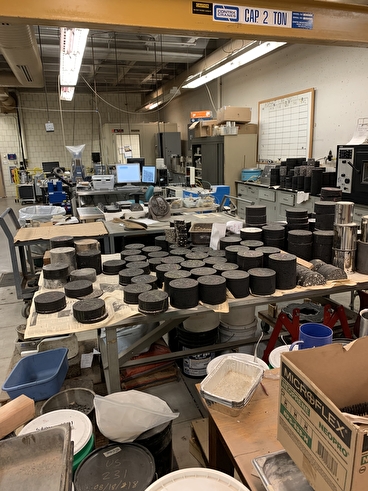
The Galambos Structural Engineering Lab is an essential part of the CEGE department’s work. Here, major infrastructure elements can be exposed to a range of tests: I-beams for bridges and buildings are load-tested. Pilings are subjected to earthquake-like conditions. Materials are exposed to extreme temperature conditions. Each of these efforts helps engineers understand how materials perform in various settings, and the results of this work are shared with public and private stakeholders to improve our systems.
The Pavement Materials Laboratory, directed by Mihai Marasteanu, conducts a range of tests on different paving and roadway materials. Working with partners such as MnDOT and private paving groups, the lab takes cores of different materials and runs a battery of performance tests. Each project helps identify ways to improve paving processes and practices. Like the Galambos and MAST labs, the pavement lab contributes to the creation of infrastructure projects that are more resilient and sustainable.
The labs that I visited are examples of the wider constellation of facilities active across the University of Minnesota system. I’m looking forward to visiting more facilities in the months ahead—including some that are innovating engine and fuel technology, working to understand the future of our state’s natural resources, and so much more!
—Kyle Shelton, CTS director
